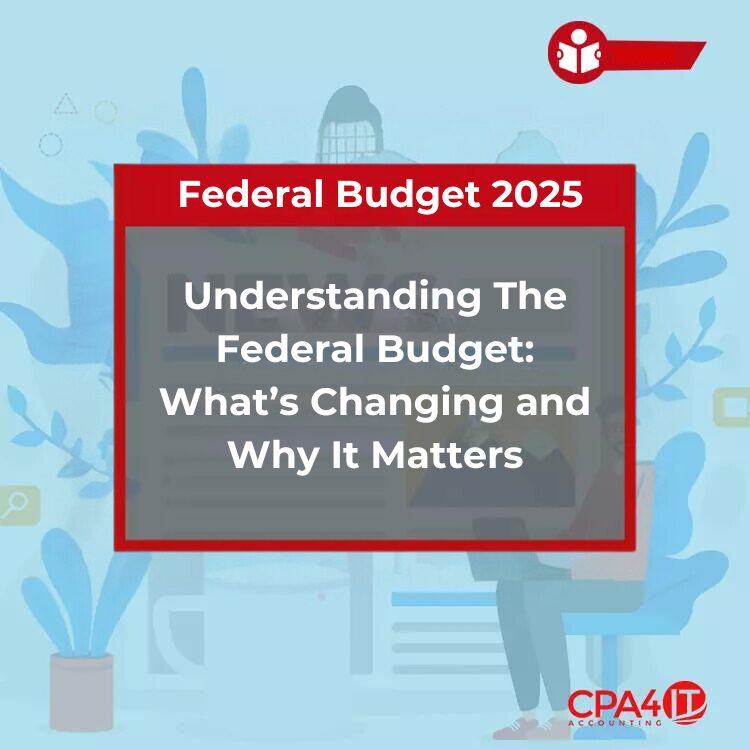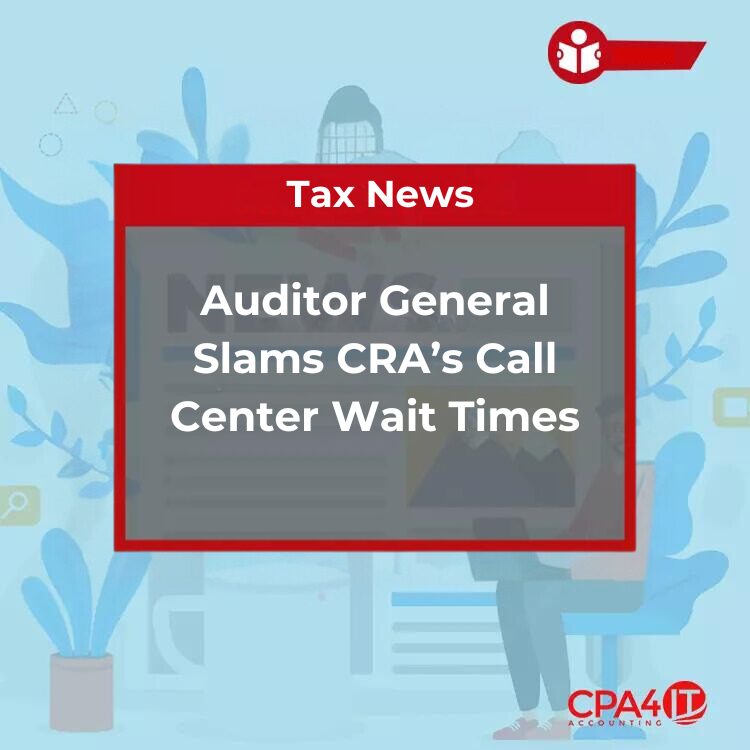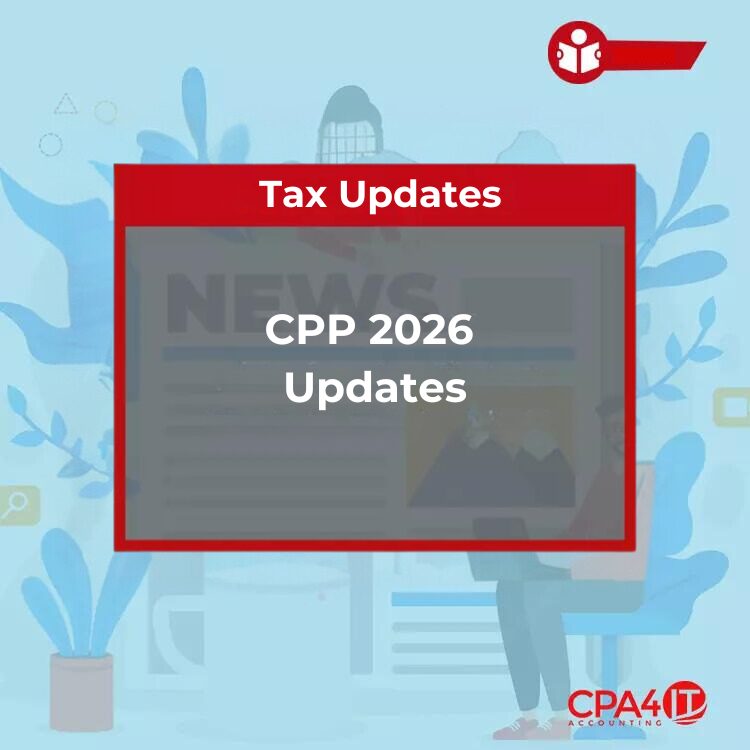Canada’s federal budget is more than just a financial plan — it’s a reflection of national priorities. From tax reforms and clean energy incentives to shifting how and when the government budgets, each change shapes the country’s economic future. Here’s a breakdown of the latest developments and what they mean for Canadians.
A New Direction for the 2025 Federal Budget
The Department of Finance has announced a modernization of Canada’s budgeting approach, marking a significant shift in how federal spending and planning will work going forward.
Beginning in 2025, the federal government plans to move to a fall budget cycle instead of the traditional spring release. This transition could see some overlap between the 2025 and 2026 budgets, allowing for smoother long-term planning.
Another major update involves how expenditures are classified. Many costs that were once considered “operating expenses” will now be treated as capital investments — a move that could broaden what qualifies as long-term investment spending. Despite these changes, reporting will continue to follow Canadian public sector accounting standards.
Finance Minister François-Philippe Champagne confirmed that the 2025 budget will be tabled in Parliament on November 4, 2025.
Seems Complicated? We Are Here To Help!
Navigating Canada’s ever-changing tax and budget landscape can feel overwhelming. Whether you’re a business owner, investor, or self-employed professional, government announcements can leave you wondering how these changes will affect you — and what steps you should take next.
That’s where CPA4IT comes in. Our team of experts helps clients understand and leverage new tax rules and fiscal measures to maximize savings and compliance. Don’t stress about decoding every line of the federal budget — CPA4IT will make it simple. Book a FREE consultation today and discover how our experts can help you organize finances, create wealth, and transform wealth into a legacy.
Major Legislative Highlights: Bill C-4 and Tax Updates
The federal government’s Bill C-4, titled Making Life More Affordable, introduces several key tax and fiscal changes aimed at easing costs for Canadians.
Key Measures in Bill C-4
- The lowest federal income tax rate will drop from 15% to 14.5% in 2025, and further to 14% in 2026.
- The consumer carbon price will be eliminated starting April 1, 2025, although the industrial carbon tax will remain in place.
- A new GST rebate for first-time home buyers will provide full rebates for new homes up to $1 million, with reduced rebates for homes valued up to $1.5 million.
However, there’s a catch: the benefit of the lower tax rate depends on individual circumstances. Taxpayers with many non-refundable personal credits may not see much savings — and could even end up paying slightly more under the revised system.
The 2024 Fall Economic Statement: What You Should Know
Released on December 16, 2024, the Fall Economic Statement (FES) outlined both personal and business-related tax changes, along with updates to Canada’s fiscal projections.
Personal Tax Measures
- The Canada Disability Benefit will be exempt from income tax for eligible lower-income recipients.
- The Carbon Rebate Rural Supplement will be expanded to support more rural residents.
- Haida Gwaii is now classified as a Northern Zone, allowing residents to claim related tax deductions.
- Investors can now roll over capital gains when reinvesting in qualified small business shares.
- Non-profit organizations will face new reporting requirements starting in 2026 to enhance financial transparency.
Business Tax Measures
- Adjustments to the Canada Carbon Rebate for Small Businesses will refine how credits are distributed.
- New clean electricity investment tax credits will now extend to certain Crown corporations.
- Introduction of an EV supply chain investment credit to encourage domestic production.
- Expansion of clean hydrogen tax credits to include projects using methane pyrolysis.
- Improvements to the Scientific Research & Experimental Development (SR&ED) program.
- A return of accelerated investment incentives and immediate expensing for the next five years, phasing out gradually after 2029.
The FES also revised projections for Canada’s federal debt, deficit, and interest payments through to 2030, underscoring continued fiscal pressure even amid targeted tax relief.
Looking Back: The Big Picture in Canada’s Budget Trends
A review of past federal budgets reveals a consistent pattern — rising debt levels, persistent deficits, and an ongoing focus on targeted credits rather than sweeping tax reforms.
Canada’s gross federal debt has more than doubled in the past decade, rising from roughly $619 billion in 2015–16 to over $1.2 trillion today. Projections indicate it could surpass $1.4 trillion by 2028–29.
Despite these figures, each year’s budget has emphasized smaller, incremental programs — particularly around housing affordability, clean energy, and small business support — instead of major tax overhauls or deep spending cuts.
Useful Resources for Following Federal Budget Updates
If you want to stay informed or dig deeper into specific measures, here are some official sources worth bookmarking:
- Department of Finance Canada – access to full budgets and fiscal updates
- Prior Federal Budgets and Economic Statements – see how past years compare
- Parliament of Canada Bills & Calendar – track current legislation and debates
- Parliamentary Budget Officer (PBO) – independent analysis and fiscal commentary
- Government of Canada InfoBase – data dashboards on spending and outcomes
These resources are invaluable for anyone who wants a closer look at how tax and fiscal policies evolve over time.
Why These Changes Matter
Federal budgets aren’t just about balancing the books — they’re a reflection of national values and priorities. Decisions about tax rates, investment credits, and spending classifications influence everything from business growth to personal finances.
As Canada moves toward a more modernized, fall-based budget cycle and continues refining its tax system, it’s worth keeping an eye on how these changes affect your day-to-day life — whether you’re a homeowner, investor, or simply a taxpayer planning ahead.
Feeling Overwhelmed? Let CPA4IT Simplify It for You!
Tax planning doesn’t have to be stressful. The changes outlined in federal budgets often have direct implications for your business structure, deductions, and investment decisions. Without professional guidance, it’s easy to miss valuable opportunities — or worse, make costly mistakes.
At CPA4IT, we help our clients organize finances, create wealth, and transform wealth into a legacy. Let’s make these complex updates work for you — not against you.
Book your FREE consultation with one of our tax professionals today and take control of your financial future with confidence.




